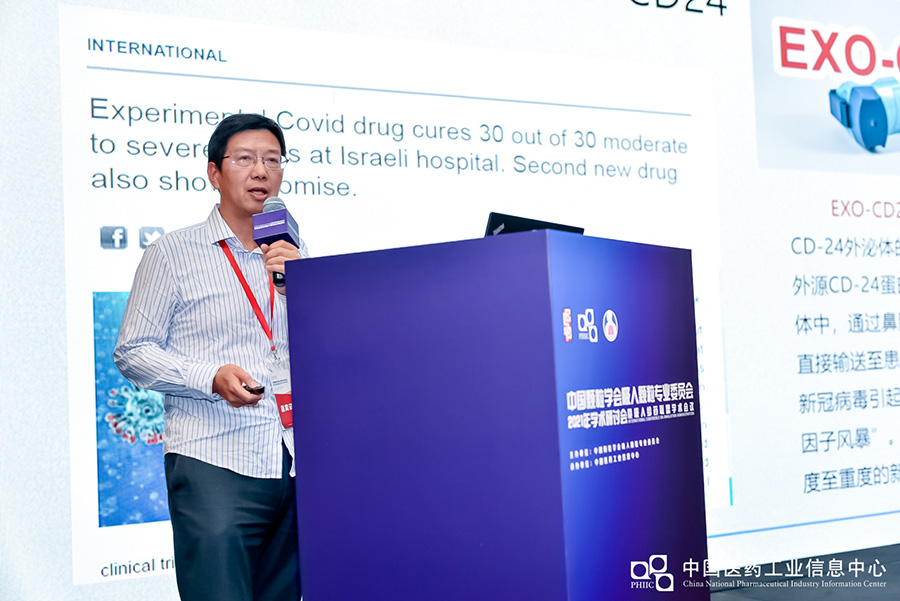
With the introduction of foreign countries and the rise of domestic inhalation drug research and development, aerosol inhalation therapy has become one of the areas that have attracted much attention in drug research and development. In addition to the traditional treatment of respiratory diseases, inhaled drugs have gradually developed analgesics, vaccines and other diseases. Recently, Academician Chen Wei revealed that the nebulized inhaled COVID-19 vaccine developed by his team has been approved by the National Food and Drug Administration for clinical expansion and is applying for emergency use, which shows that the research and development of inhaled preparations has important significance and broad prospects.
In this context, the 2021 academic seminar (and inhalation drug alliance academic meeting) of the Inhalation Particle Professional Committee of the Chinese Society of Particles was held in Chengdu from June 25th to 27th. As an annual event with a wide coverage and strong professionalism in the field of respiratory drug delivery, this conference will provide a platform for learning and exchanges for academic research, product development, production, sales and industry colleagues who wish to enter the field of respiratory drug delivery.

This academic seminar is hosted by the Inhalation Particles Professional Committee of the Chinese Society of Particulates and organized by the China Pharmaceutical Industry Information Center. More than 30 experts and scholars have been invited to focus on the frontier, bioequivalence and clinical research of inhalation and nasal spray drugs. Sharing with in vitro related research, PK model and prediction, etc. Dr. Chen Yongqi, the chairman of our company, gave a report on the theme of 'Research and Development and Application Strategies for Inhalation Preparations under the New Situation'. It mainly includes the following content. From the Israeli new crown 'special effect drug' EXO-CD24 inhalation drug as an entry point, Dr. Chen introduced the current types of inhalation preparations, including powder mist, inhalation solution, aerosol and other dosage forms, and further elaborated on the development of inhalation preparations. The key and difficult points are to provide a reference for all colleagues who are engaged in inhalation preparation research, and at the same time compare the inhalation preparation regulations of China, the United States, and the European Union, further interpret the requirements of national laws and regulations, and provide strategies for declaration and registration.